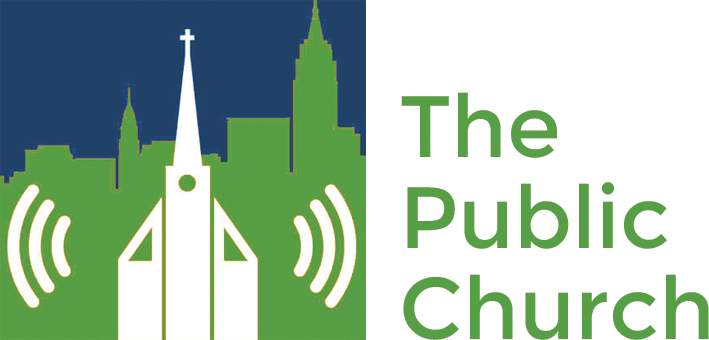Literacy in civics; literacy about history; literacy of belles-letres. All of these have won attention in public and higher education lately. Add to these a call now for religious literacy. Current events demands it, and educational leaders have found funding for it.
Harvard Divinity School, the American Academy of Religion, the Association of American Colleges and Universities have taken up the challenge laid down by Stephen Prothero in his 2007 book, “Religious Literacy: What Every American Needs to Know, and Doesn’t.” It’s a full-court press.
How do they propose to remedy the widespread ignorance on really basic kinds of information that Prothero documents (names of any Bible characters; the name of Islam’s holy book; names of world religions; the founder of Buddhism, etc.)?
But I might ask, does just knowing the facts about any given religion constitute knowledge that matters–matters to the seeking individual, matters for the peace of the world?
Where is the reference to sacred texts? Where is the method for engaging with the sacred texts? Prothero’s “dictionary of religious literacy” at the back of the book runs to over 100 pages and is comprehensive, if cursory. Admittedly, nobody would take this for his ultimate standard of literacy; it is intended as a fund of basic information. But what if, in addition to information, there were selections from the sacred texts available with brief introductions?
True, religious texts are challenging, conveyed in ancient rhetoric as they are. But they are the foundation upon which religions stand, without which there remains a literacy gap. College chaplains can fill that gap if they get creative about how to get those texts off the written page and onto a public, artistic, stage.
